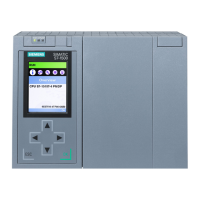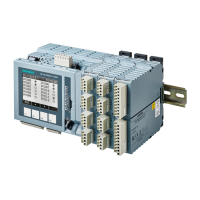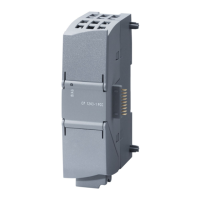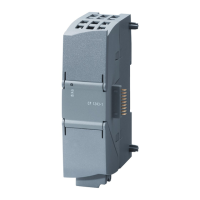Supplementary information
16.15 Cycle and response times of the CPU 410-5H
CPU 410-5H Process Automation/CPU 410 SMART
System Manual, 10/2013, A5E32631667-AA
287
You have installed an S7-400 with the following modules:
● a CPU 410–5H in redundant mode
● 4 digital input modules SM 421; DI 32×DC 24 V (each with 4 bytes in the PI)
● 3 digital output modules SM 422; DO 16xDC 24 V /2 (each with 2 bytes in the PI)
● 2 analog input modules SM 431; AI 8x13 bit (not in the PI)
● 2 analog output modules SM 432; AO 8x13 bit (not in the PI)
The CPU parameters were assigned as follows:
● Cycle load due to communication: 40%
According to the instruction list, the user program runtime is 10.0 ms.
Calculating the cycle time
The theoretical cycle time for the example is derived from the following times:
● As the CPU-specific factor is 1.2, the user program execution time is:
approx. 12.0 ms
● Process image transfer time (4 x double-word access and 3 x word access)
Process image: 9 µs + 7 ×25 µs = approx. 0.184 ms
● Operating system runtime at scan cycle checkpoint:
approx. 0.31 ms
The total of the listed times is equivalent to the cycle time:
= 12.0 ms + 0.184 ms + 0.31 ms
.
Calculation of the actual cycle time
● Allowance for communication load:
12.494 ms * 100 / (100–40)
.
● A time-of-day interrupt with a runtime of 0.5 ms is triggered every 100 ms.
The interrupt can be triggered a maximum of one time during a cycle:
0.5 ms + 0.490 ms (from table 16-9)
Allowing for communication load:
0.99 ms * 100 / (100–40)
.
● 20.823 ms + 1.65 ms
.
Taking into account the time slices, the actual rounded up cycle time is
.

